With 80 Successful Simulations Run in One Year!
Sheet metal simulation has played a fundamental role in the growth and competitiveness of industry over the years. Now this resource has become vital to the permanence of companies both large and small.
However, there is room for growth through utilizing virtual engineering in the Brazilian market, because there is an assumption by some that these resources are only available to large companies. Others don’t see the advantages to using virtual engineering, believing an equivalent profit can still be earned, with or without these tools. The truth is that while the initial investment is costly, the use of simulation offers great returns in the medium and long term, including reduction of costs and project time, agreeing to what was planned, among other interconnections. In this article, we see how the successful implementation of simulation technology for sheet metal forming has benefited AutoForm customer Bruning Tecnometal Company, bringing them improved results.
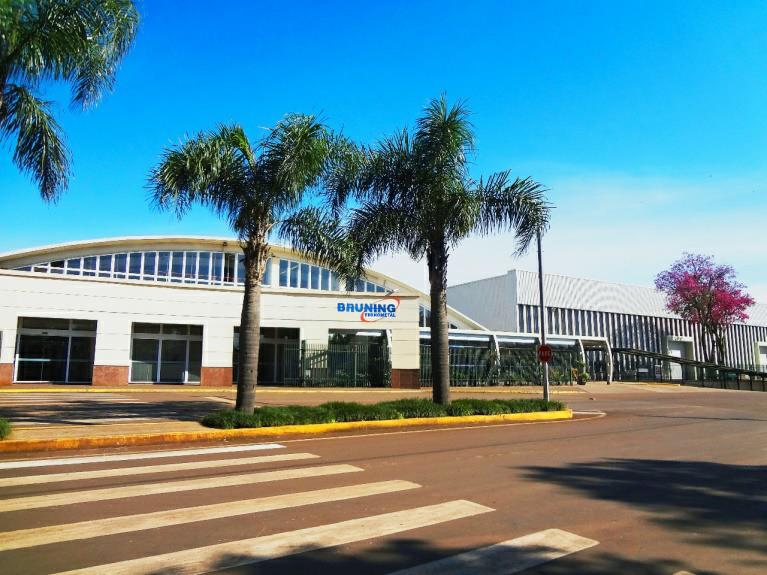
Fig. 1: Bruning Tecnometal.
Bruning was founded on April 1st, 1947 by Mr. Ernesto Rehn. Most of the company’s business comes from the maintenance of agricultural equipment. For the last 41 years, they have been working in the agricultural and wood sectors, producing machines and parts. 1988 presented a new challenge, the production of structural components for trucks. Starting in the 1990s, production became modernized, sparking the demand for high-tech imported machinery. In 1995, Bruning Tecnometal boomed in the automotive sector, in addition to operations in other fields.
Like all companies working in mechanical transformation, Bruning Tecnometal was executing tool designs based on the experience of their professionals. According to Ibson Härter, Die Developer and long-time employee at Bruning: “It was until the middle of 2008, all developments were carried out based on the experience of designers and toolmakers. The steps were empirically planned based only on the geometry of the product.”
Over the years, the sheet metal forming process became more complex, as companies ordered products with bolder designs. As if the added geometry complexity was not enough, professionals now had to take into account the raw material factor; the range of available materials was increasing, containing different mechanical characteristics and affecting the behavior of materials in this process.
“At that time, the geometries that Bruning manufactured were not so complex and we had a smaller range of materials,” added Ibson. “In this period, tools had no compensation, there were tool losses (surplus or missing operations), many try-out loops, there were dimensional problems, high development costs, and long try-out times. Tool results were always unknown, cutting and blank tools were only designed after the draw die was ready (during the tests, the blanks and cuts were made with lasers)”.
With these advances, it was necessary to use technological resources to support professionals in understanding the behavior of these new materials for the sheet metal forming process. Cue the initiation of computational simulation.
“Nowadays, it is no longer possible to evaluate the complexity of a part by evaluating geometry alone. A geometry that is apparently simple can become complex, depending on the material used,” added Ibson. This consequently inhibits the prediction of the behavior of materials used in the forming process.
It was then that Bruning started to incorporate simulation services into their business. As reported by Ibson, “From 2008 until 2011, we outsourced simulation services, but only for more complex parts.”
In 2011, to meet the necessity and demand of the market, Bruning started to invest in simulation resources internally, motivated by the following aspects, according to Ibson:
- Complexity levels were increasing;
- Range of materials had increased;
- Need to reduce development time and costs;
- Reduction of the amount of try-out (time and cost);
- Increasing demands on dimensional attendance and increasingly restricted tolerances;
- Using the simulation, the result of the try-out is already known, even before die design begins;
- Reduction of raw material used for try-out;
- All operations needed to be manufactured simultaneously, including blank operations and cuts, thus requiring accurate results of draw-in and flange development.
It was then that they implemented the AutoForm technology.
According to Ibson, we chose AutoForm because it is:
- An interactive software;
- Relatively easy to train new users;
- Fast processing;
- Quality in results;
- Easy to exchange simulation files with clients;
- Quality of technical support and speed in responses.
He added, “The simulation stage is part of our development flow, so all parts that have some forming process are simulated, from the simplest geometries (springback compensation) to the most complex ones.”
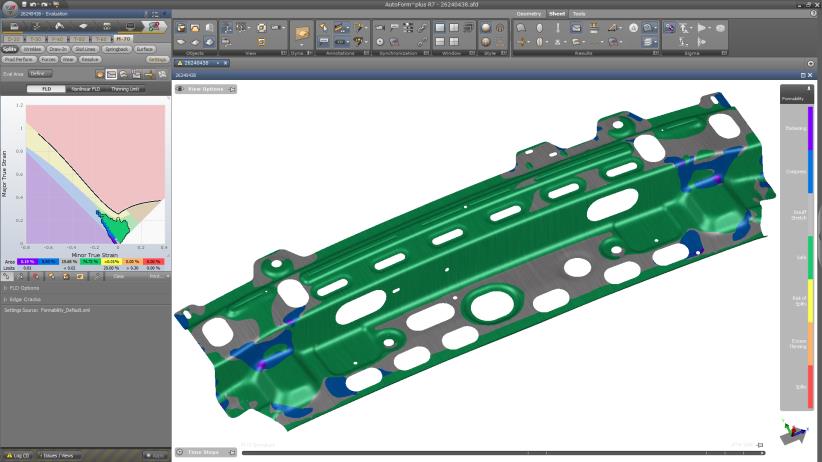
Fig. 2: Formability analyze made in AutoForm software.
As we can see today, simulation has become a powerful tool, not only for aerospace applications or other specific analyses, but for a wide variety of industries. With advances in technology increasing rapidly, it is necessary to take advantage of burgeoning resources of industry, including in sheet metal forming. Nowadays, there are technologies that cover the entire course of the development of a stamped product, from the feasibility analysis, to the support, to the try-out and production. It is already possible to analyze and forecast noise variables, guaranteeing a robust process even with the performance of these variables being 20% variation in mechanical characteristics and 10% variations of sheet thickness, according to the Brazililan standards applied from lot to lot; this compromises the production as to when they exchange.
Yet Bruning says, “Even with all the variables in a forming process, we have achieved satisfactory results. In these developments, we have reached an average rate above 80% in the first try-out.”
In order to achieve good correlation results referring to these resources and to faithfully represent the simulations, the involvement, dedication, and effective communication of all professionals involved in the development cycle is paramount. This is one of the points that Ibson emphasizes, representing all of Bruning’s success in developments: “It is important to highlight that they are the results of an entire development chain that began in the stages of bidding and commercial negotiation, process study, simulation, tool design, machining phases, tool assembly / adjustment, to try-out and delivery, and finally to production.”
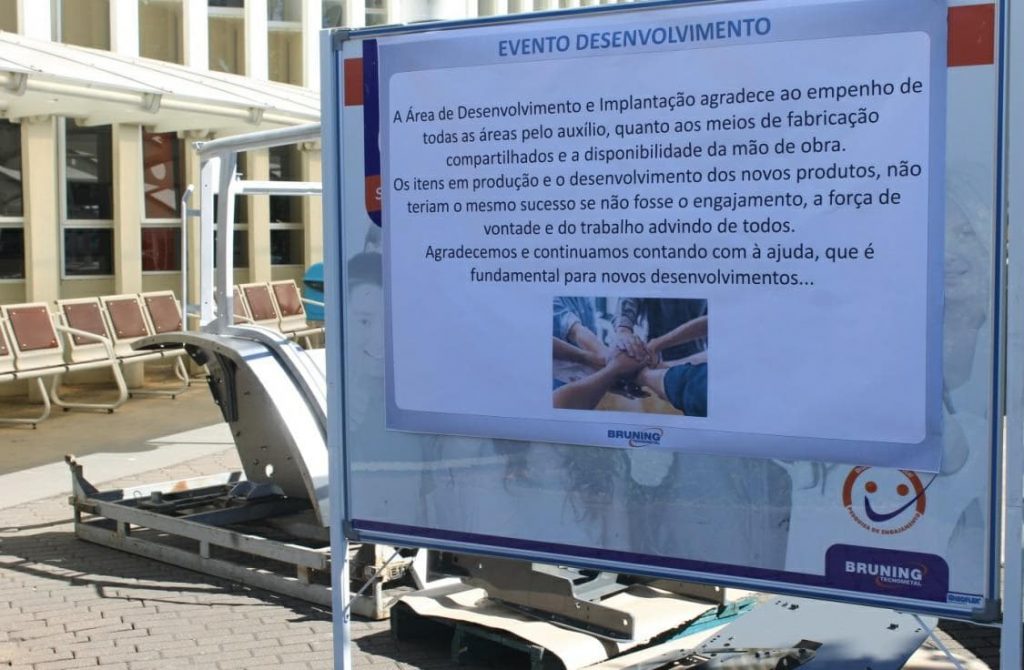
Figure 3 – Development Event (Bruning Tecnometal).
In the year 2018, Bruning achieved approximately 80 simulations, arriving at an average rate above 80% for forming segments. Based on this information, the company has started an initiative to promote the success of its projects internally, by holding an event to display the importance of both the simulation process and the work of every professional from all departments involved in the projects. (Figures 3 and 4).

Figure 4 – Development Event.
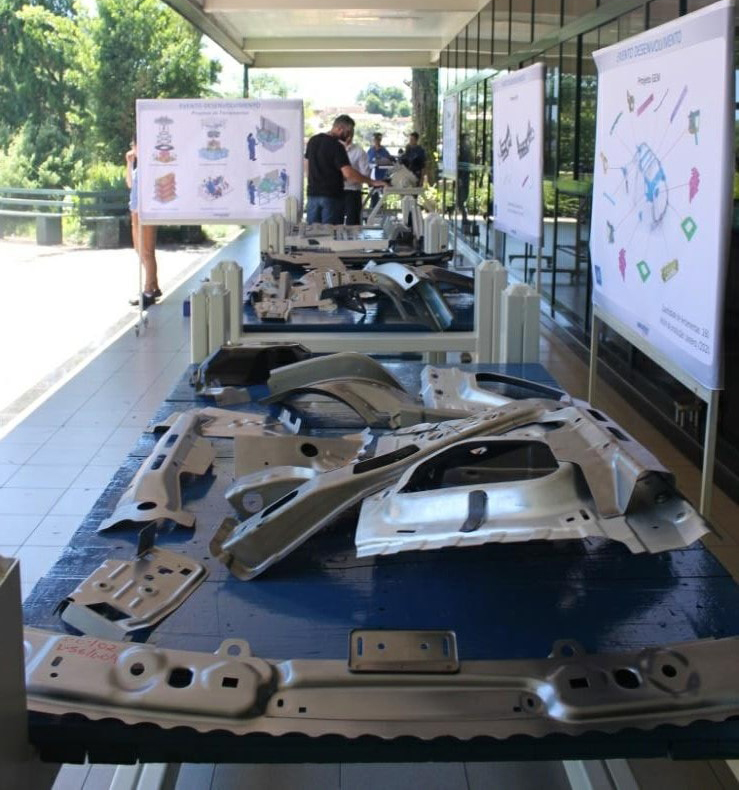
Figure 5 – Structural parts stamped.
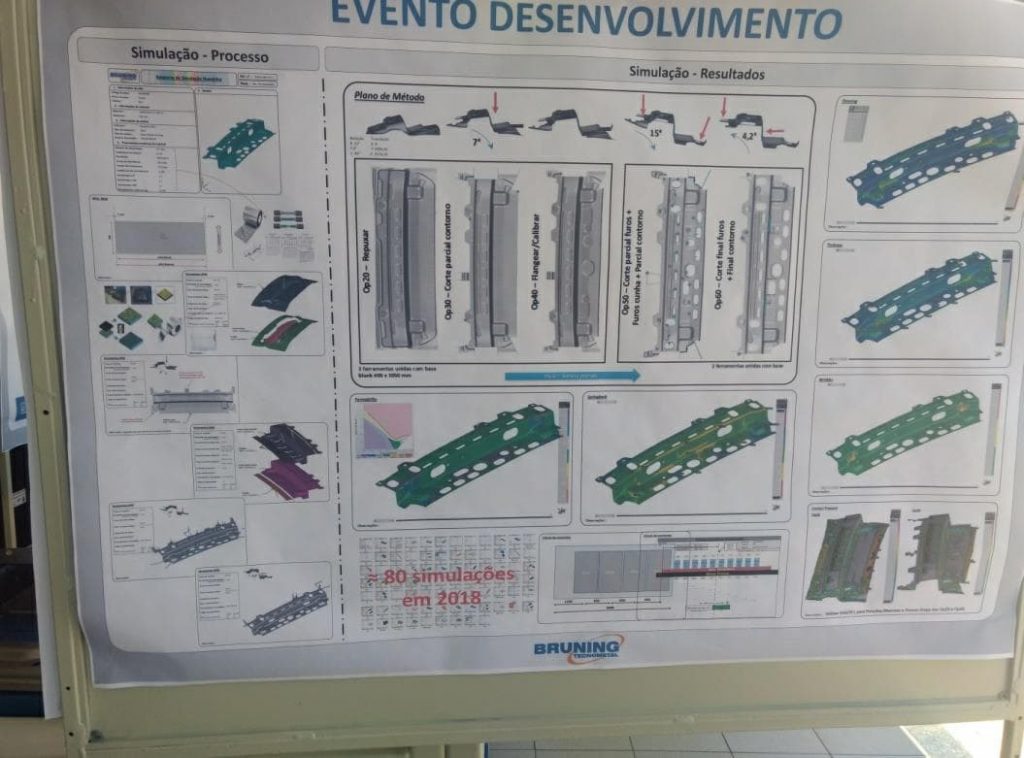
Figure 6 – Simulation results made in AutoForm software.
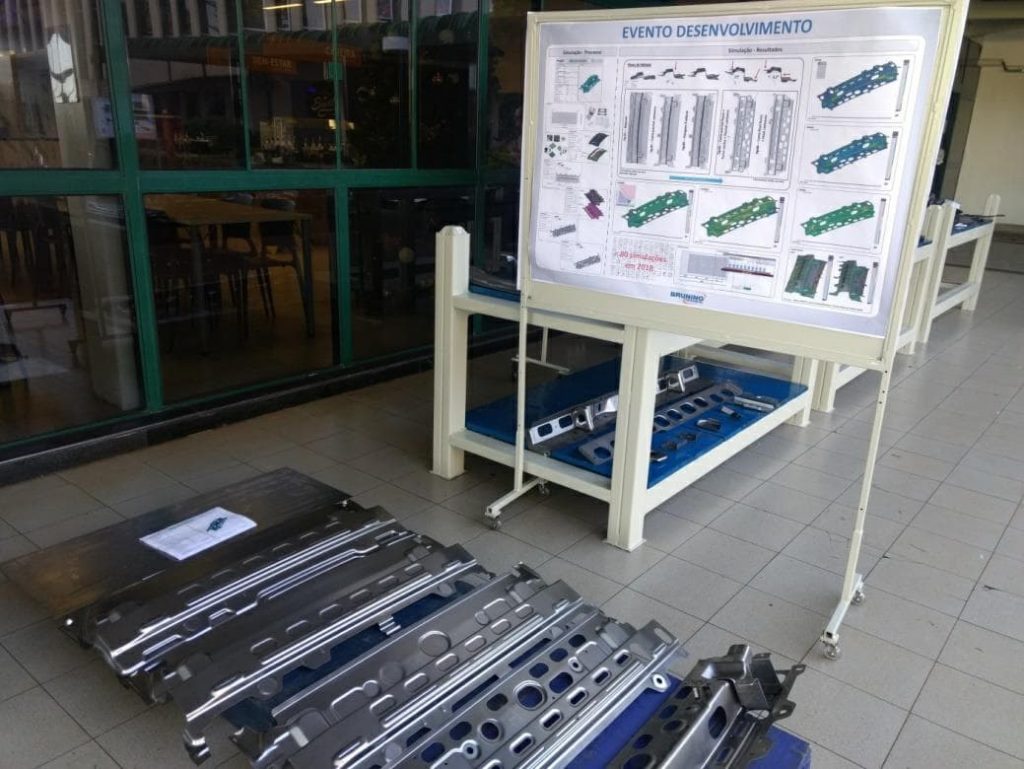
Figure 7 – Correlation between simulation versus reality.
Written by Edson Rodrigues dos Santos Jr.
Collaboration of Ibson I. Harter.













